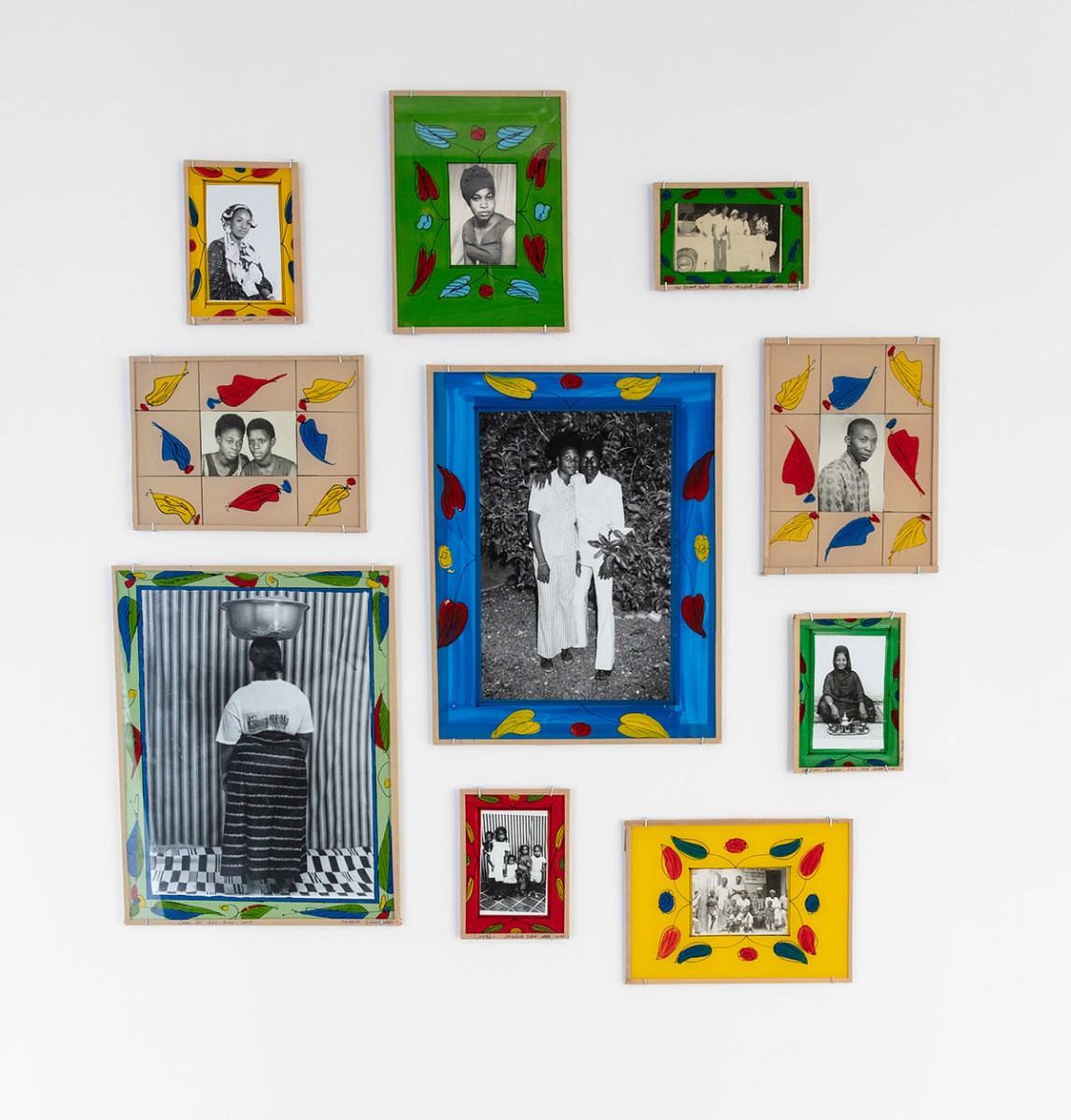Witness of change
The work of famed West African photographer Malick Sidibé is featured in Documents, 1960s –1970s, a new AGO exhibition exploring documentary photography in a time of change.

Malick Sidibé, group of gelatin silver prints in painted glass frames, 1969–1986, framed 2003–2004. Art Gallery of Ontario, Purchase, with funds from the Photography Curatorial Committee, 2020 © Estate of Malick Sidibé. Courtesy of the artist’s estate and Jack Shainman Gallery, New York
The 1960s and 1970s were a time of profound change; as societies shifted, so did documentary photography. Opening October 31 on Level 1 in the Edmond G. Odette Family Gallery, the AGO exhibition Documents, 1960s – 1970s hones in on two pivotal decades by showcasing documentary photography from diverse regions.
With colonized countries gaining independence, and power dynamics shifting between people and governments, documentary photographers in the '60s and '70s were capturing the energy of change in its many forms. Presented in collaboration with Scotiabank CONTACT Photography Festival, Documents features captivating images of public life in West and South Africa, America and Europe during the era. It includes work by Henri Cartier-Bresson, Ernest Cole, Lutz Dille, Charles Gagnon, David Goldblatt, Bhupendra Karia, Paul Kodjo, Martha Rosler, Stephen Shore, Ming Smith, Ian Wallace and Garry Winogrand, as well as a selection of press photographs by Eve Arnold, Robert Cohen and others.
Winning its liberation in 1960, the former French colony of Mali in West Africa was a hotbed of carefree youth culture and vibrant nightlife throughout the next two decades—and thanks to photographer Malick Sidibé (1936–2016), we know what it all looked like. Known as the “Eye of Bamako”, Mali’s capital city, Sidibé’s black-and-white 35mm photographs carry a candid intimacy that makes the joy and freedom of his subjects more palpable. They are often uniquely posed, dressed to the nines, showcasing the era’s stunning fashion trends.
Malick Sidibé got his start in the mid-1950s as an apprentice to French photographer Gérard Guillat-Guignard. By 1958, Sidibé opened his own studio, Studio Malick, in which he would develop the previous evening’s party photos, hanging them in the front window as an invitation for party-goers to purchase prints. In the late 1960s, he expanded his practice to include studio portraits, which became an equally iconic aspect of his work. He was known for distinctly positioning his subjects and photographing them against painted or striped backdrops. This became a signature element in his portraiture.
Sidibé’s work rose to global notoriety in the 1990s after being featured in Bamako’s first Biennial of African Photography. Subsequently, Sidibé became one of history’s most celebrated African photographers, decorated with numerous major awards and achievements including the Hasselblad Foundation International Award in Photography and The Golden Lion for Lifetime Achievement. His work is widely exhibited and held in major collections around the world.
Don’t miss Documents, 1960s – 1970s , opening October 31 on Level 1 in the Edmond G. Odette Family Gallery. This exhibition will unveil a number of recent acquisitions, including works by Malick Sidibé, alongside select loans.
Are you an AGOinsider yet? If not, sign up to have stories like these delivered straight to your inbox every week.
